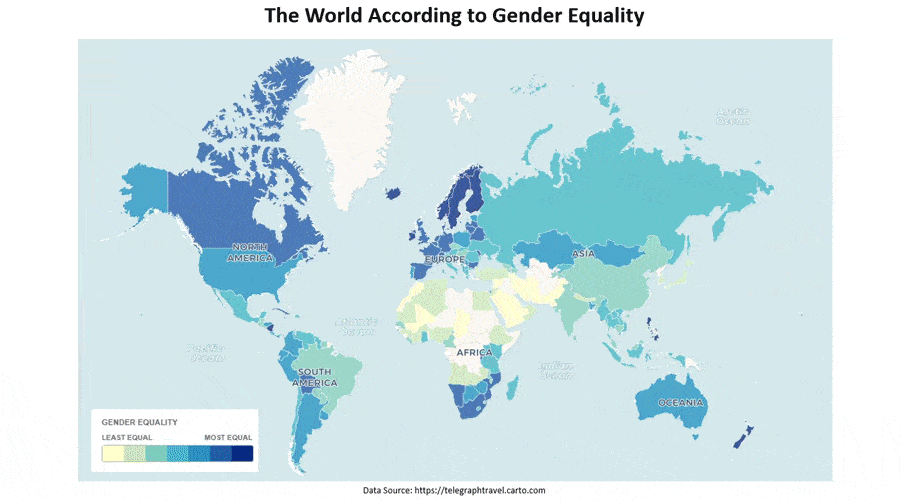Posted: 8/20/20
A hundred years ago this week, women in the United States were guaranteed the right to vote with ratification of the 19th Amendment. Today, this right seems unalienable, but in 1920, the women’s suffrage was anything but certain.
The 19th Amendment was the culmination of a 70+ year effort that started at the Seneca Falls convention of 1848. During these years, women endured hunger strikes, jailing, and public ridicule. By 1920, the issue remained so contentious that the 19th Amendment was ratified by only a single vote.
A hundred years later, we celebrate the progress that has been made for women’s rights both here in the United States and around the globe. However, despite this progress, we remain keenly aware of how much gender equality still hangs in the balance.
A look at the World Economic Forum’s Gender Gap Index shows just how far we have to go. According to the 2020 Report, the average progress on closing the global gender gap stands at 68.6%–meaning worldwide, women lag behind men an average of 31.4% across key dimensions such as economic participation, educational attainment, political empowerment, and health and survival. At the present rate of change, the report concludes, it will be another century before we achieve gender equality.
“At the present rate of change, it will take nearly a century to achieve [gender] parity, a timeline we simply cannot accept in today’s globalized world…” – World Economic Forum Global Gender Gap Report, 2020
Despite some impressive outliers, the countries with the worst gender equity trends are found in Africa and the poorest parts of Asia—precisely where Fistula Foundation works. This is no coincidence. Gender equality and maternal health are closely linked.
Below are two maps that represent this reality in stark and sobering terms. The first map shades countries according to their gender equity ranking, and the second according to maternal health outcomes, particularly rates of maternal death and childbirth injuries like obstetric fistula:

As these maps show, women’s access to economic opportunity, education, and political representation matters to women, their families, and their communities. It matters perhaps most desperately to women in childbearing years.
If you scratch the surface of the data, you’ll find that low political empowerment is the single most consistent factor in countries where untreated fistula persists. Political representation determines whose interests are valued, which issues are prioritized, and how money and resources are spent.
We can think of no more compelling yardstick for measuring true gender equality worldwide than the eradication of obstetric fistula. Women with fistula are some of the most vulnerable individuals in the world, injured in the first place because they were unable to access essential health care when they needed it most. Today, these women suffer needlessly, simply because they lack access to a procedure that has been available since the late 1800s, costs $586 USD on average, and often takes only an hour to perform.
The world simply cannot wait another hundred years for gender equality. As a global community, we are called to do better—on behalf of women and girls everywhere, but particularly those who are most marginalized.
We are reminded of wise words from global health great Melinda Gates: “When we invest in women and girls, we are investing in the people who invest in everyone else.” Gender equality is not a lofty ambition. Empowering women—the mothers, sisters, aunts, wives, and leaders who are devoted to the well-being of our global community—is fundamental. Our very future depends on it.